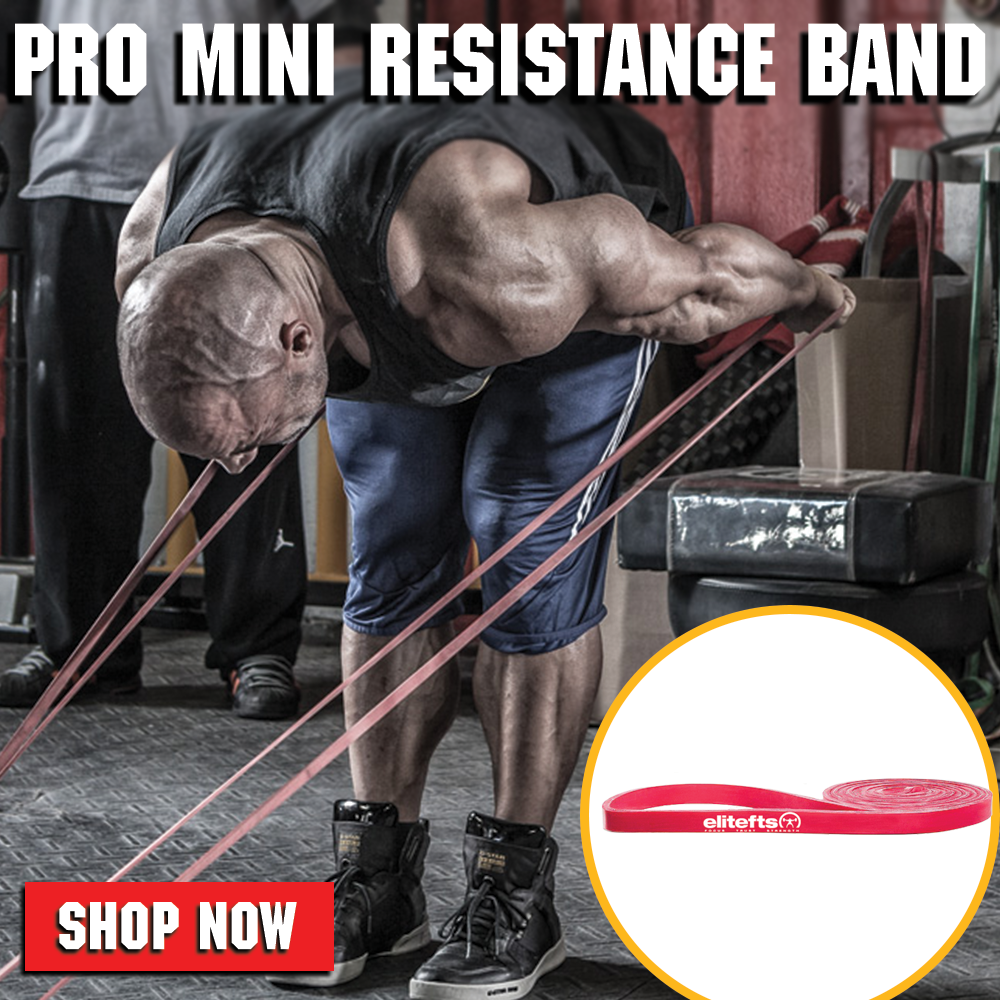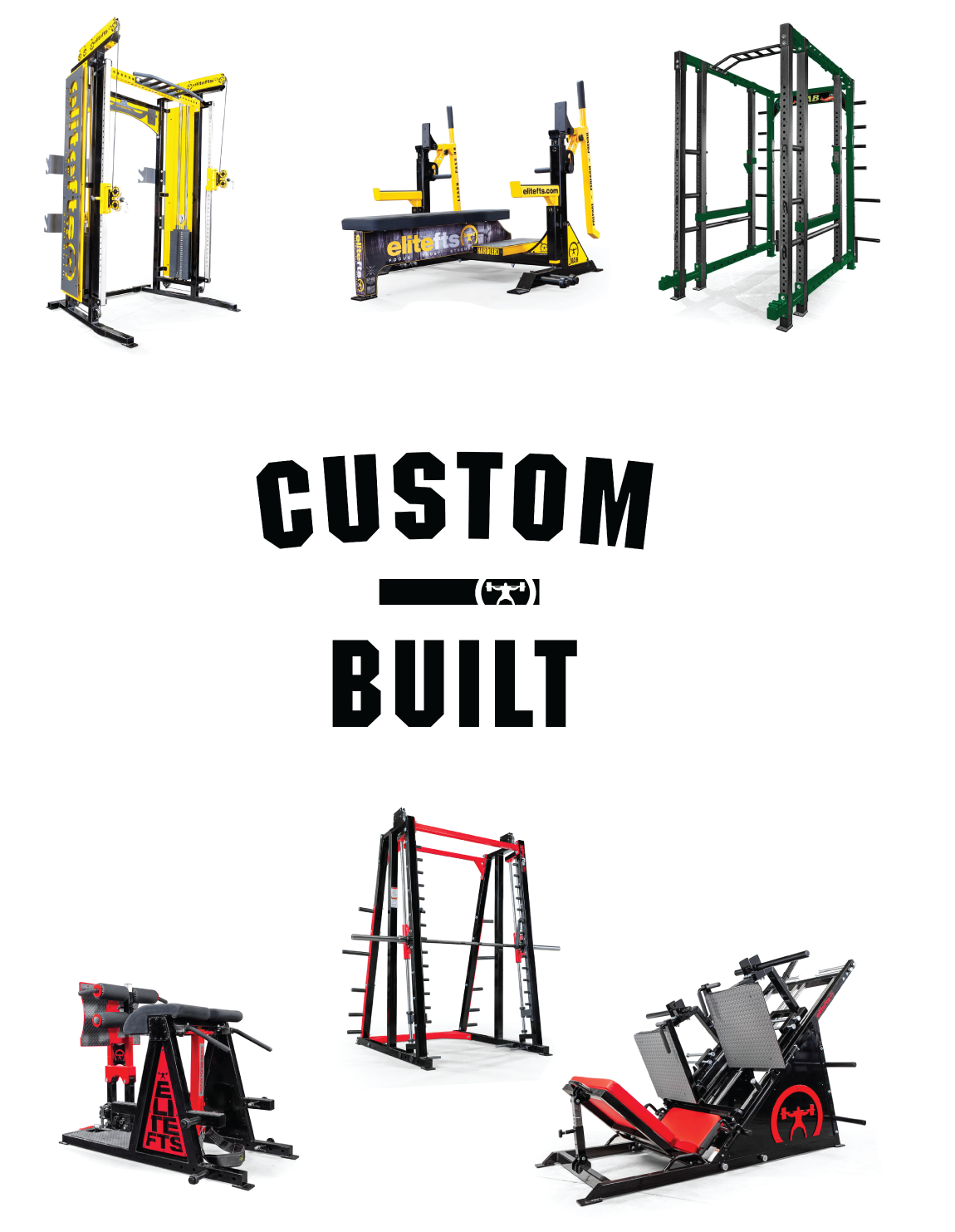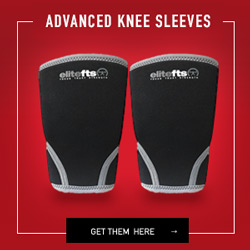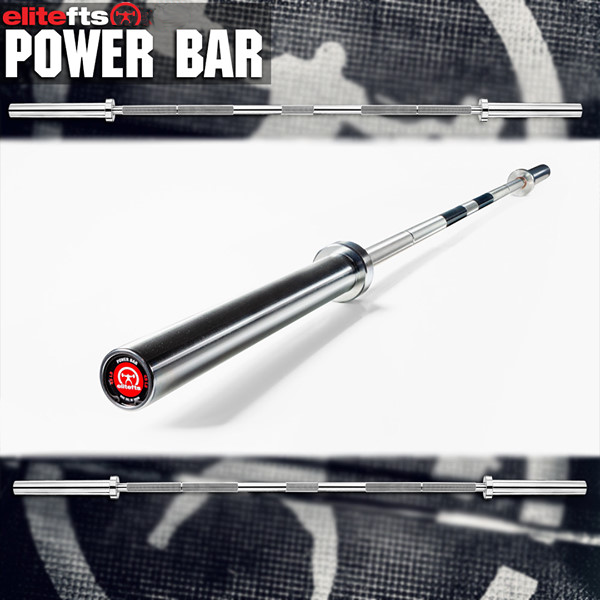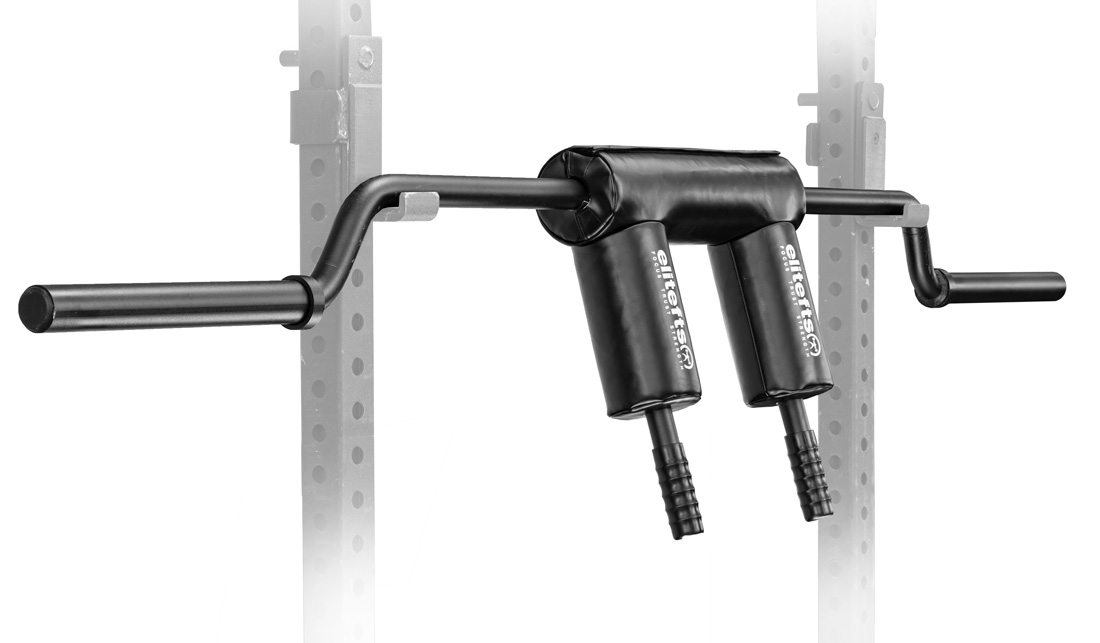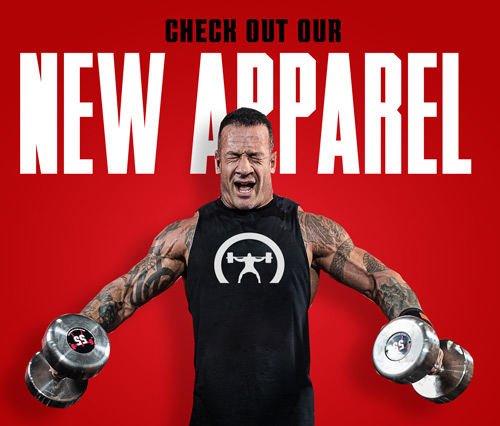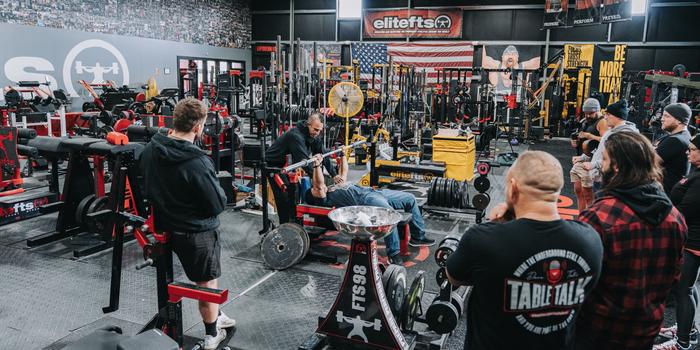
In the world of powerlifting, many factors lie within your control: perfecting technique, training consistency, staying engaged with your program, prioritizing proper nutrition, and valuing recovery as much as time spent under the bar. Yet, ironically, some of the most impactful variables on meet day are those you control the least.
In this installment of the Beginner Series, we focus on one critical yet often overlooked aspect of the bench press: the lift-off. While other training elements are firmly in your hands, the lift-off is one factor that’s frequently left to chance. After decades as a competitor, coach, and gym owner, I’ve seen a bad lift-off derail lifters in training and at meets alike. A poorly executed lift-off can turn a meet-winning bench press or personal record into a missed lift—or worse, an injury that sidelines a lifter indefinitely.
READ! Why EliteFTS Bands Are Still Our Go-To After Nearly 20 Years
Failing to address this variable simply isn’t an option. On meet day, you’re often at the mercy of someone’s lift-off skills (or lack thereof). Understanding the lift-off’s importance and planning accordingly is critical. For beginners, mastering this bench press detail is not only about improving performance but also about ensuring you never become the reason another lifter fails—or worse, gets injured due to an avoidable mistake.
So, how can you take control of an often uncontrollable variable? Over decades of training, competing, and coaching, I believe these five lift-off aspects are essential:
- Communication
- Hand Placement
- Heft
- Centering Over the Target
- The Perfect Release
Let’s break these down.
#1: Communication: Clear, Detailed, and Non-Negotiable
Before a hand touches the loaded barbell, establish a firm rule: communicate clearly and specifically with the person providing the lift-off. Avoid the casual “Hey, can you give me a lift?” that ends with a rushed, sloppy handoff. Clear communication is the foundation of safety and success under the bar.
Effective communication starts long before touching the bar. Establish a mutual understanding of every detail: Am I counting “1, 2” then signaling lift-off? Is my helper counting for me? Is it “1, 2, 3, lift,” or “1, 2, lift”? Maybe it’s “1, 2, 3, big air, lift”? These details matter.
Think of it like the classic scene in Lethal Weapon 2, when Riggs and Murtaugh debate the exact timing before pulling Murtaugh off a toilet rigged with a bomb. That moment of synchronized action is exactly the level of precision you want on the platform.
Remember: the person giving you the lift-off will never share your same level of investment in your lift. It’s on you to ensure you’re both on the same page with a clear, agreed plan.
#2: Hand Placement: The Grip That Saves PRs (and Biceps)
Hand placement during the lift-off is crucial for safety and performance. A poor grip, like the double underhand grip, compromises control and can lead to serious injuries.
Many lifters have witnessed the double underhand lift-off turn into a double underhand spot when the lifter fails the press. This grip forces the lift-off person into curling the bar off the lifter—an instinctive action that can tear a biceps under heavy weight.
The double underhand grip should be avoided entirely. Instead, use a double overhand or mixed grip. These grips provide better leverage, more power, and greater control of the barbell. They’re safer for both lifter and helper.
#3: Heft: Get It Off the Rack Smoothly
A proper lift-off minimizes workload for the lifter and conserves energy for the press. A smooth transfer ensures greater stability and control. The mixed or double overhand grip allows enough power for a controlled lift-off without disrupting the lifter’s setup or tightness.
Too much heft can jolt the lifter’s setup; too little forces the lifter to muscle the bar out, draining energy and focus. Once the bar is off the rack, it must be guided precisely over the lifter’s chest—this is where centering comes in.
#4: Centering Over the Target: Precision Wins
Like a wartime pilot aligning a payload, precision is everything. Lifters have different builds, setups, and bar paths. Each has a sweet spot—the optimal position for the bar to descend directly to the chest for a strong press.
During your pre-lift communication, explain where that sweet spot is. Too far forward, and the lifter risks losing control or dumping the weight. Not far enough, and energy is wasted moving the bar into position—often at the expense of the press.
#5: The Perfect Release: Smooth and Controlled
Finally, the release. Once the bar is over the target, the lift-off person must set the bar gently into the lifter’s hands. A rushed or forceful release can cost the lifter tightness and stability, wasting precious energy to regain control.
At meets, the dynamic with the head judge often causes rushed lift-offs. Even experienced partners can falter under pressure to clear the judge’s view. An initial perfect lift-off can be ruined by a sloppy release.
Plan your exit ahead of time. Know whether you’ll move right or left to clear the judge’s line of sight. Many experienced lifters even ask the head judge, “Do you prefer me moving right or left after the lift-off?” This simple step can make all the difference.
A proper release must be quick enough not to delay the start command but smooth enough to avoid fumbling the handoff. Just like a 400-meter relay team’s baton exchange, the lift-off must be precise—your PR or meet max depends on it.
Powerlifting: The Sport of Brutal Power and Delicate Nuance
Powerlifting is a sport of dichotomies—brutal, explosive strength balanced with precision and nuance. The raw power to press the weight must coexist with the surgical execution of a flawless lift-off.
The goal of this Beginner Series is to give you the nuanced knowledge and skills that allow your raw strength to shine. Put simply: your powerlifting devil is in the details.
Wishing you the best in your training, meet prep, competitions, and your powerlifting journey. Ever onward!

Eric Maroscher is the owner of the Monster Garage Gym. Cofounded by Phil Daniels, NFL Defensive End, Monster Garage Gym is a premier powerlifting gym in the United States. Eric is the leader of the Maroscher Powerlifting Team, a two-time WPC World Powerlifting Champion, two-time APF National Powerlifting Champion, WPC North American Powerlifting Champion, and a multi-time APF Illinois State Champion.


